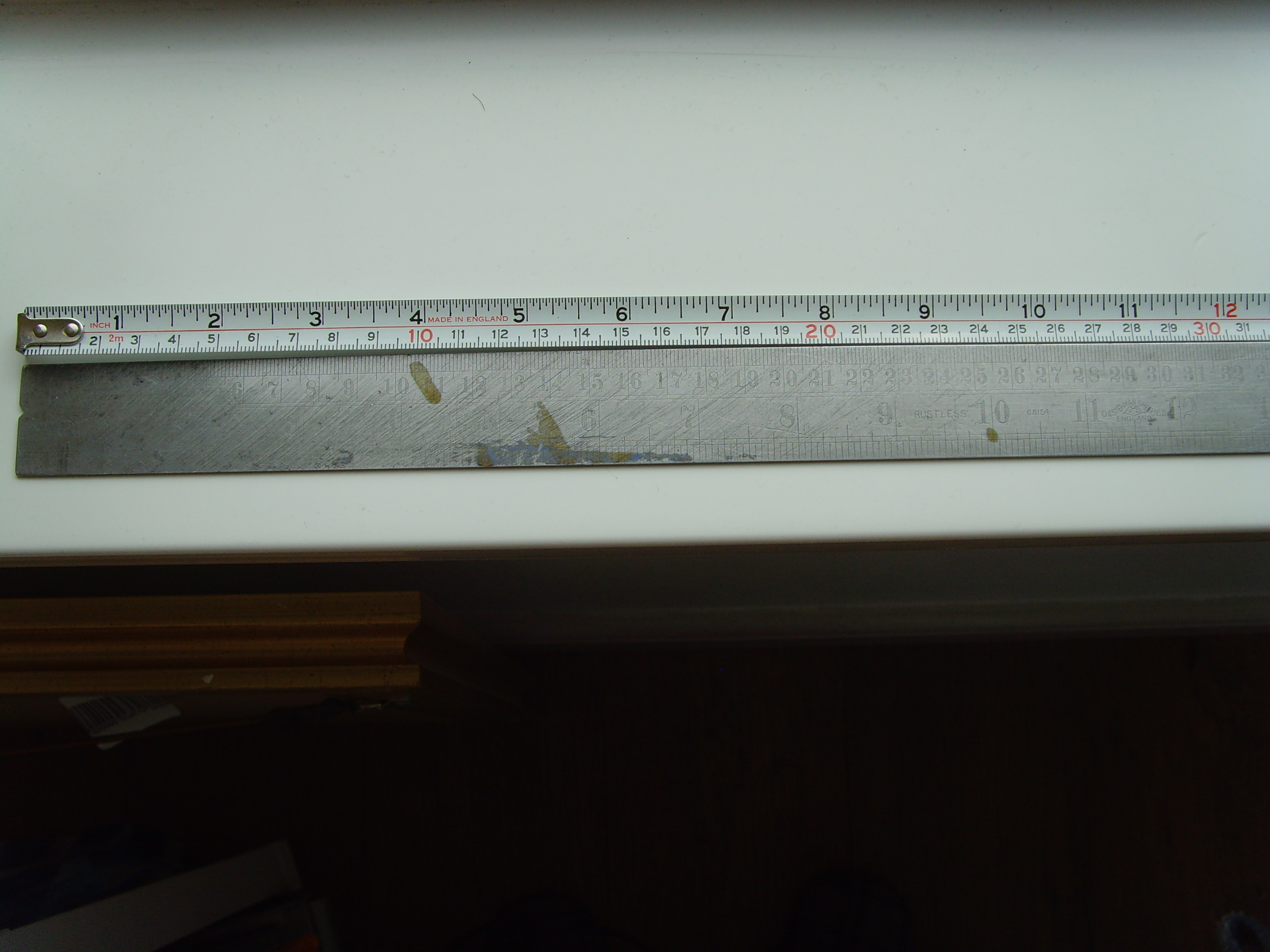The foundry at Whatstandwell was opened in 1946 utilising the buildings of a former saw mill dating from 1880 at the rear of the site. The foundry, owned by Wragg & Hawksley produced cast iron pipes for the water industry. In 1950 it was bought by WH Davis & Sons to supply castings for their railway wagon business, and following a management buyout was renamed Derwent Foundry in 1984. It closed for the first time in 2002 but was reopened soon after and renamed Derwent Castings Ltd., before it closed for good in 2015.
I'm not sure why I never got around to posting this one, I think I simply overlooked it and I wasn't particularly enamoured with my photos from it either so maybe apathy came over me. Looking back at it, it was a fine example of the sort of smaller scale British industry I love to document, a place which had a real sort of 'make do and mend' attitude towards site maintenance and fixtures, with old railway sleepers being used as flooring and original Second World War-era stretchers repurposed as shelving units. A nice relaxed visit was had, being careful to avoid the gentleman working out of one of the units at the front of the site, although the bulk of the main foundry building was empty the mould storage sheds and side rooms had some great stuff in them.
I believe it was demolished earlier this year, I'm sure a Derbyshire local will be able to confirm.
























Thanks for looking
I'm not sure why I never got around to posting this one, I think I simply overlooked it and I wasn't particularly enamoured with my photos from it either so maybe apathy came over me. Looking back at it, it was a fine example of the sort of smaller scale British industry I love to document, a place which had a real sort of 'make do and mend' attitude towards site maintenance and fixtures, with old railway sleepers being used as flooring and original Second World War-era stretchers repurposed as shelving units. A nice relaxed visit was had, being careful to avoid the gentleman working out of one of the units at the front of the site, although the bulk of the main foundry building was empty the mould storage sheds and side rooms had some great stuff in them.
I believe it was demolished earlier this year, I'm sure a Derbyshire local will be able to confirm.
Thanks for looking



